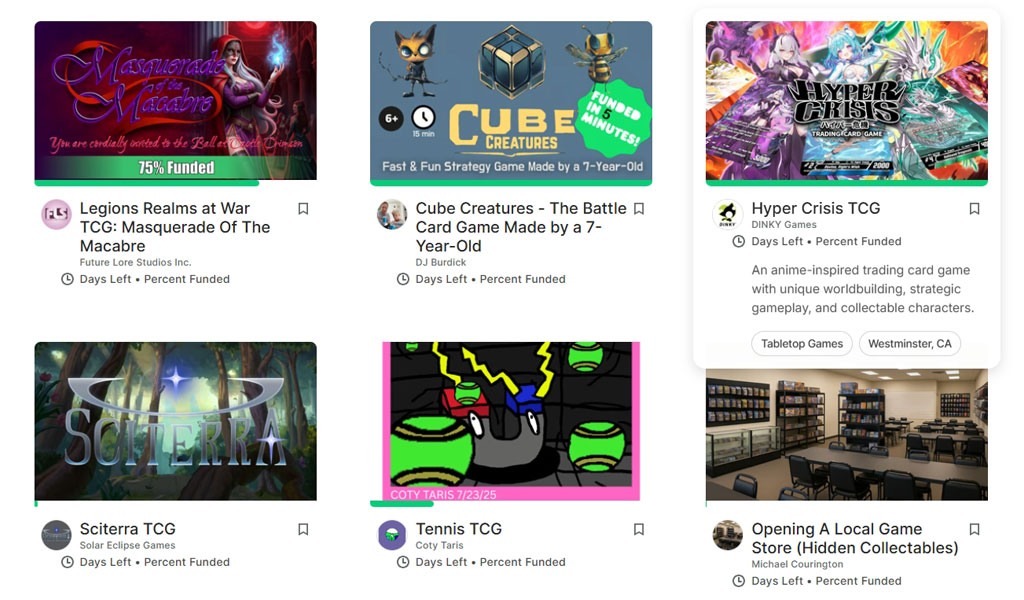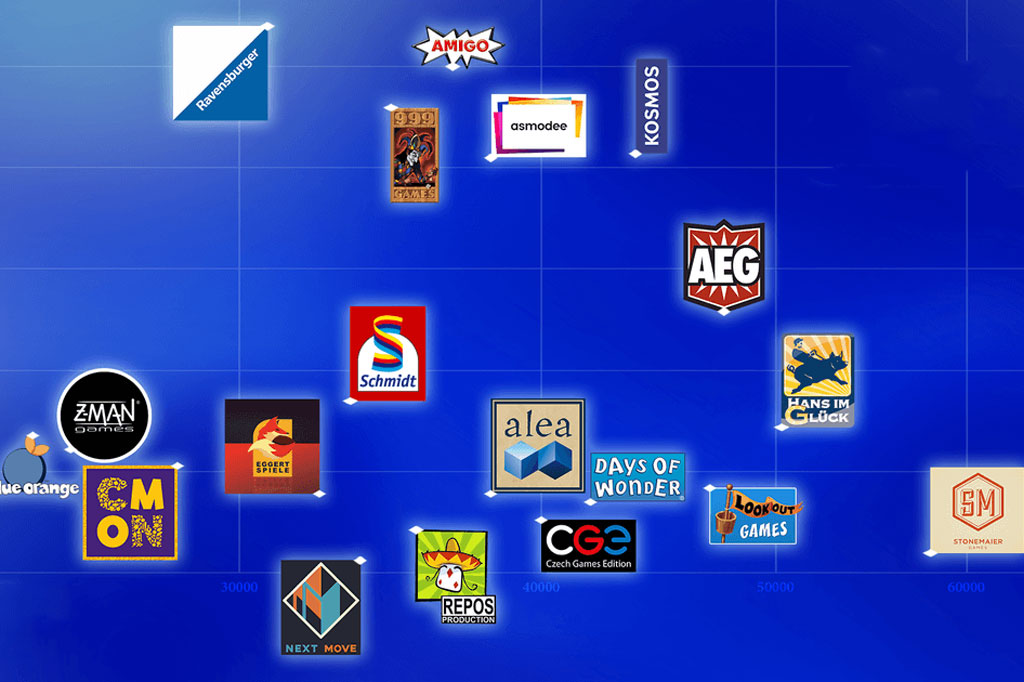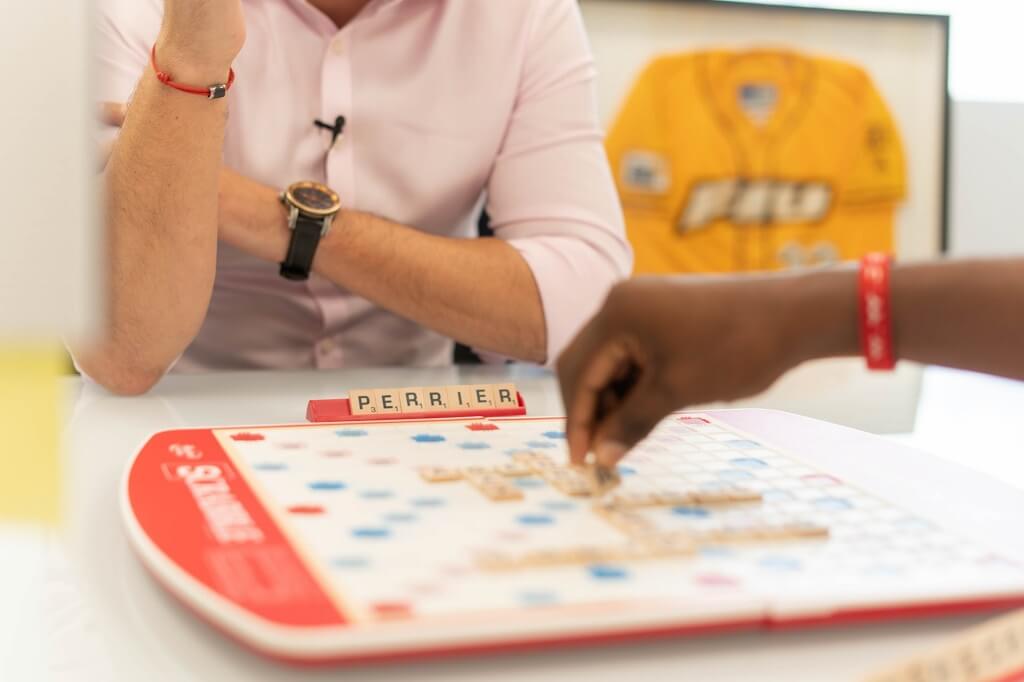The trading card game (TCG) market has exploded over the past decade, fueled by popular franchises and a growing community of passionate players.
For indie creators looking to break into this competitive arena, standing out requires more than just a great game design – it demands smart, targeted marketing strategies.
Table of Contents
Why are Marketing Strategies Important?
As you may know that even big companies with huge IPs and budgets, like Fantasy Flight Games (FFG) with their Star Wars card games, don’t always guarantee massive success.
This actually highlights why marketing is so crucial for new TCGs.
1. Marketing Is About Visibility and Awareness
No matter how good your game is, if people don’t know about it, they won’t buy or play it. Marketing gets your game in front of potential players, helps them understand what makes it special, and builds excitement.
2. Marketing Builds a Community and Engagement
Successful TCGs thrive on active, passionate communities that play, talk about, and share the game. Marketing helps you nurture that community with events, content, and ongoing engagement, which is key for longevity.
3. Even Big IPs Need Right Positioning and Timing
Having a popular brand like Star Wars helps, but if the game doesn’t meet player expectations or is poorly timed or positioned, even a big company can struggle. Marketing can’t fix everything, the product must deliver value and fun, too.
4. Marketing Helps Shape Player Perception and Narrative
How you tell the story of your game, the experience you promise, and the way you engage players can make or break its reception. Effective marketing helps frame your game positively and build emotional connections.
5. It’s About Standing Out in a Crowded Market
The TCG space is packed with options. Good marketing helps you differentiate your game – why should players choose yours over others? This is true whether you’re an indie or a famous publisher.
7 Trading Card Game Marketing Strategies
1. Build a Strong Online Presence
You can create a dedicated website with clear information about your game’s unique mechanics, lore, and artwork. Ensure the site is visually appealing and mobile-friendly.
Social media platforms like Facebook & Instagram and TikTok are key for engaging with fans, sharing updates, and building community. Tailor content for each platform – short videos or GIFs showcasing gameplay for TikTok, artwork reveals on Instagram, and deeper conversations on Twitter.
Tips:
- Share behind-the-scenes content such as art creation, playtesting, and design challenges.
- Host live streams of gameplay sessions or Q&A with the creators.
- Use hashtags related to TCGs and indie games to increase visibility.
2. Run Targeted Crowdfunding Campaigns

Crowdfunding platforms like Kickstarter and Indiegogo are popular launchpads for indie TCG projects. Campaigns not only help raise funds but also serve as marketing platforms that create excitement and draw in early supporters.
Successful campaigns often include:
- Professional-quality mockups and prototypes.
- Clear stretch goals that add value (extra cards, special editions).
- Early bird rewards to encourage quick backers.
- Regular updates and transparent communication.
3. Participate in Conventions and Local Game Stores
Physical presence remains important in the TCG world. Attend gaming conventions, tabletop fairs, and local gaming store events to demo your game, meet players face-to-face, and get real-time feedback. These venues help build authentic connections that translate into word-of-mouth marketing.
Local game stores can become valuable partners by stocking your game, hosting tournaments, or organizing demo days.
4. Outreach to Game Publishers

While self-publishing is popular among indie creators, partnering with established game publishers can offer significant advantages including wider distribution, marketing support, and industry expertise. Publishers often have established relationships with retailers, distributors, and event organizers that can amplify your game’s reach.
How to Approach Publishers:
- Research publishers that specialize in customized card games or indie tabletop games.
- Prepare a professional pitch including a polished prototype, clear rules, and a concise summary highlighting your game’s unique selling points.
- Be transparent about what support you seek – funding, marketing, distribution, or co-development.
- Attend industry events where you can meet publishers in person and pitch directly.
- Be open to feedback and negotiation to find a mutually beneficial arrangement.
Even if you choose to self-publish initially, maintaining good relationships with publishers can open doors for future expansions or new projects.
5. Leverage Content Marketing and Storytelling
People connect with stories and experiences more than just product features. Use content marketing to tell your game’s story, from the inspiration behind it to character backstories and world-building. Blog posts, developer diaries, and podcasts can deepen interest and investment.
Additionally, create tutorial videos, how-to-play guides, and strategy tips to lower the entry barrier for new players. Educating your audience helps convert curiosity into actual gameplay and purchases.
6. Utilize Community Platforms and Forums
Engage actively on community hubs like Reddit (r/boardgames, r/TCG), Discord servers dedicated to TCGs, and specialized forums. These spaces are invaluable for receiving feedback, building hype, and connecting with passionate players.
Creating your own Discord community can foster direct communication with your audience, allowing you to run events, giveaways, and polls that keep players involved and excited.
7. Collaborate with Influencers and Content Creators
Partnering with influencers who have followers interested in TCGs can dramatically expand your reach. Find YouTubers, Twitch streamers, and social media personalities who review indie games or focus on card games. Offer them early access, exclusive cards, or branded merchandise to incentivize content creation.
Micro-influencers, who have smaller yet highly engaged audiences, can be particularly effective and more accessible for indie creators working with a limited budget.
Final Words
While marketing alone won’t guarantee success. Your trading card game still needs to be fun, well-designed, and offer something unique. For indie creators, clever, authentic marketing can be a huge advantage over big companies that might rely too much on brand recognition.




